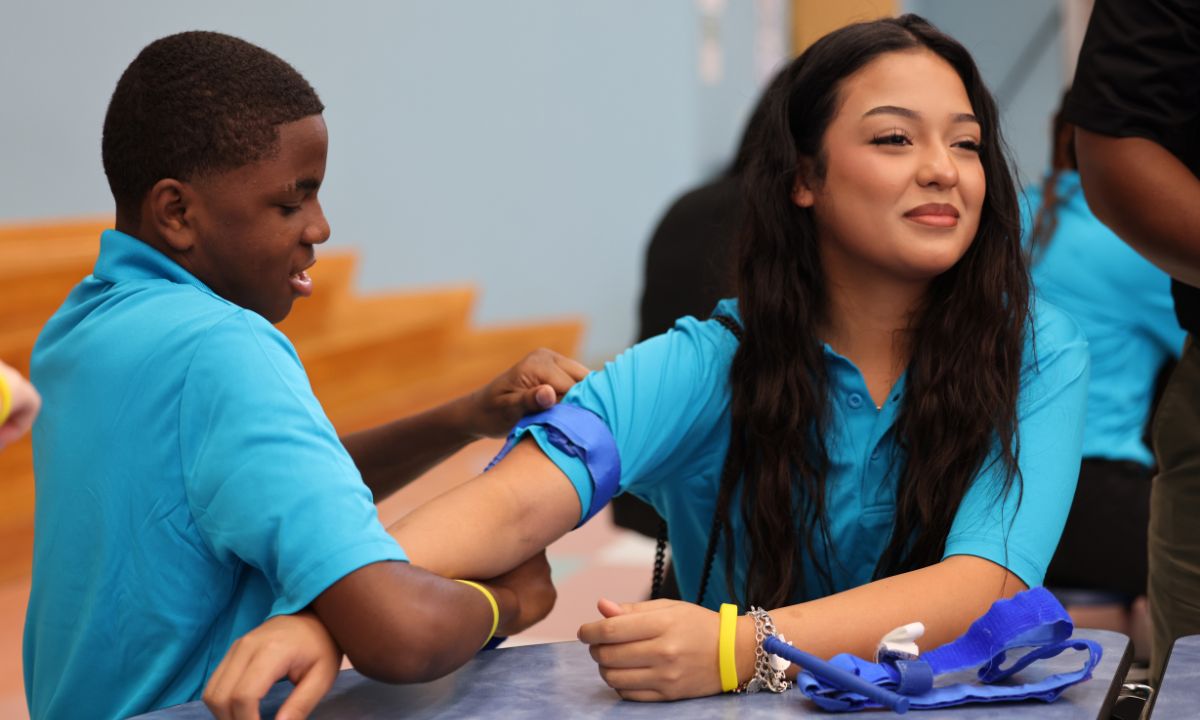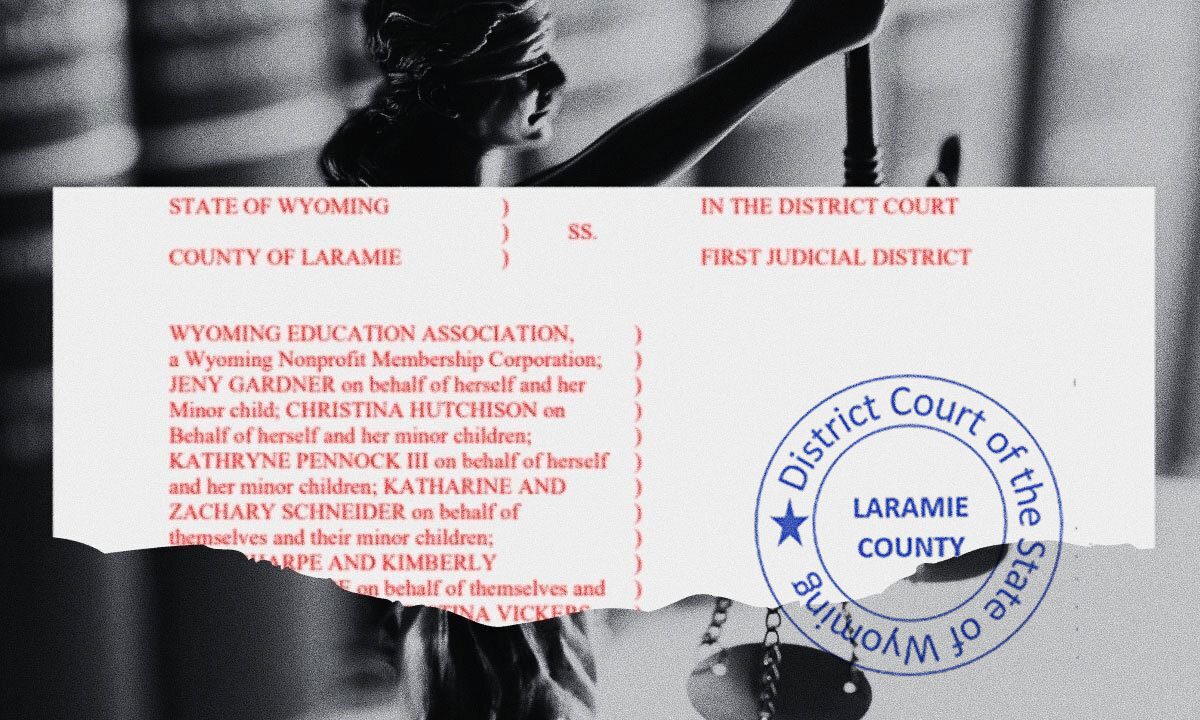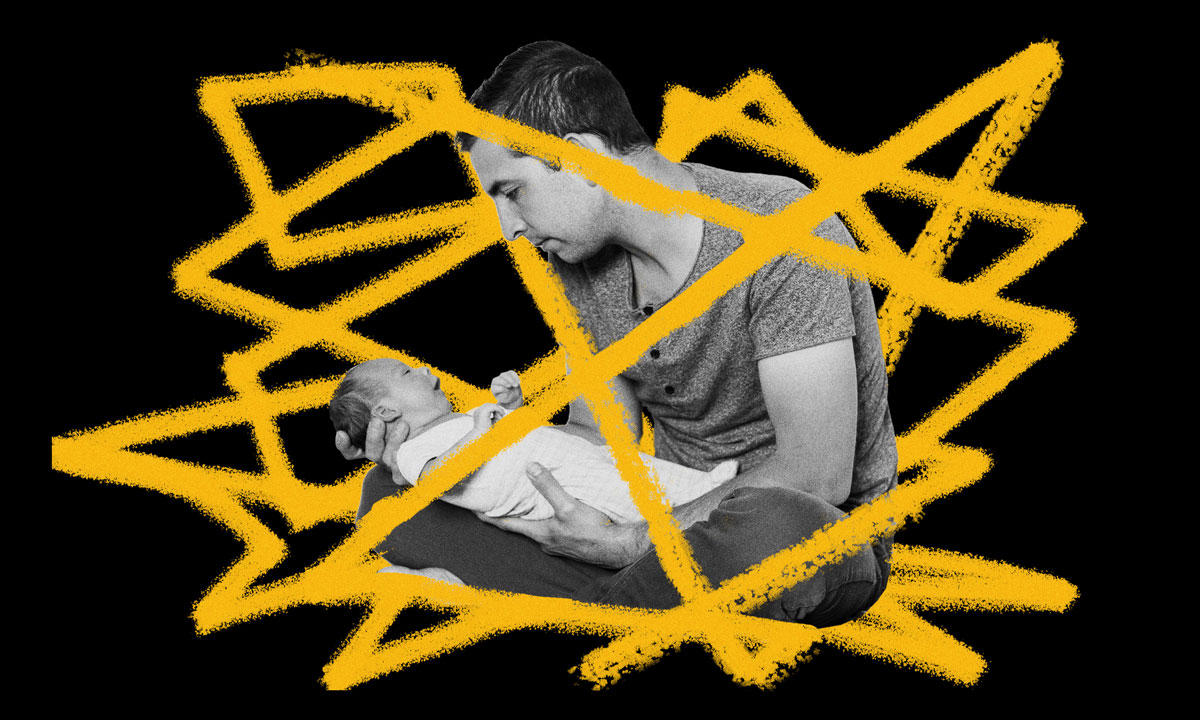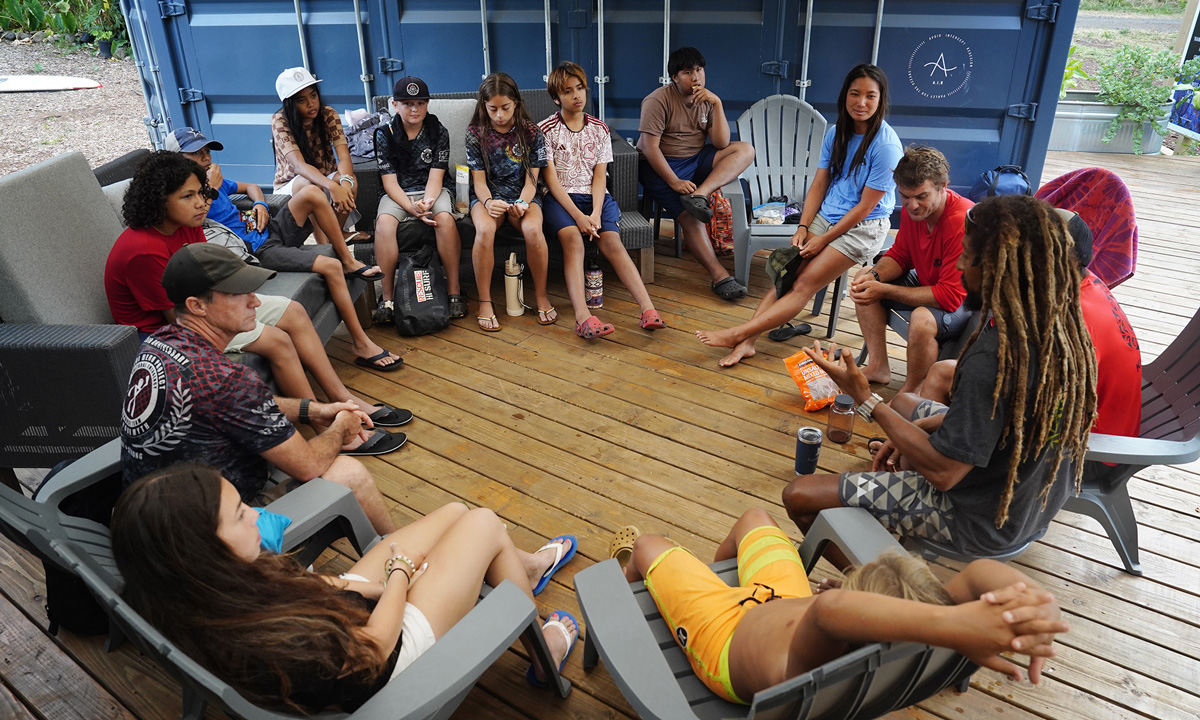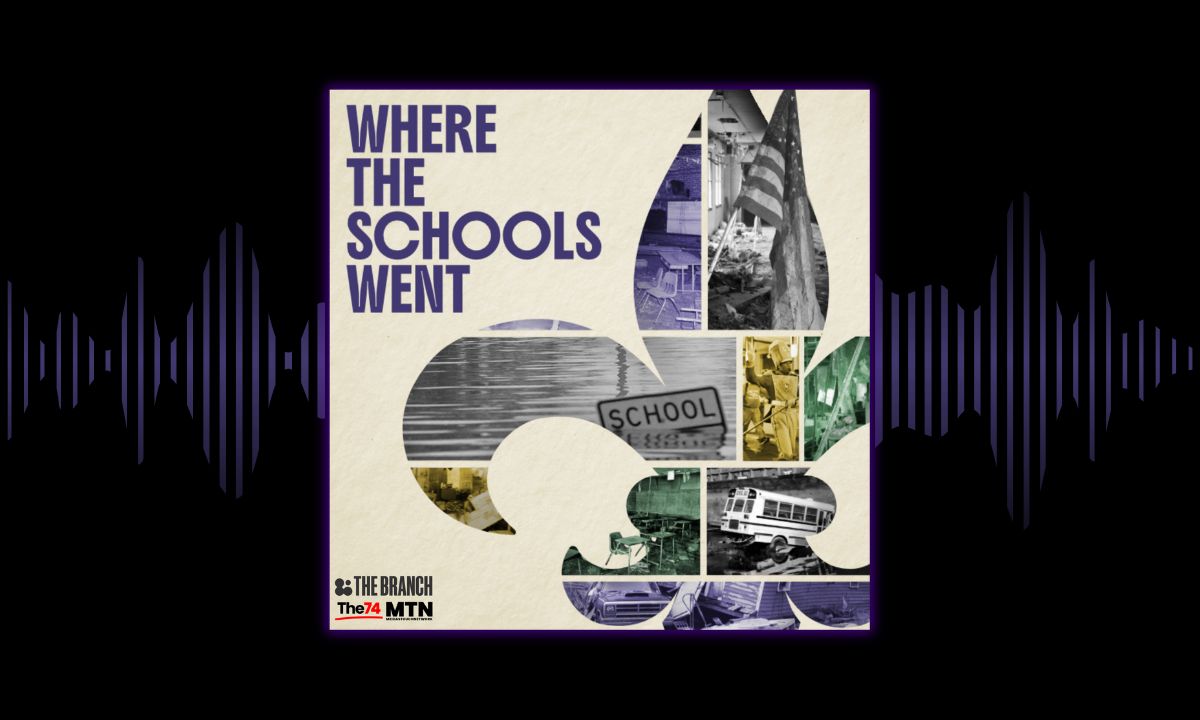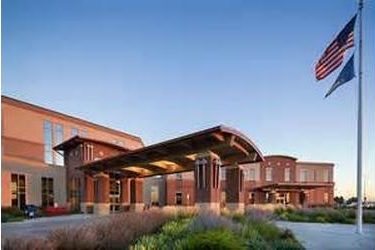A new class of ninth graders will begin attending the HEAL high school programs in a few weeks. This is one of the largest career-technical education experiments in the state and one of several that the Houston-area district is putting in place to make sure its graduates have practical skills.
Students follow one of five pathways—nursing, rehabilitation, pharmacy, imaging, and non-clinical administration—that have been identified as having significant local workforce needs and resistance to automation through a partnership with Memorial Hermann Health System, the biggest healthcare provider in the Houston area.
Beginning in their junior year, students have access to paid health care internships and professional mentoring, among other work-based learning opportunities. In the ninth and tenth grades, students engage in job-shadowing and practice their abilities in simulation labs. In addition to taking regular academic courses to fulfill state graduation requirements, students at Nimitz High School’s Health Education and Learning program (HEAL) also enroll in specialized health care subjects that are co-taught by Memorial Hermann staff.
About 760 students will be served by the school when it is completely implemented over the course of the following three years. Upon graduation, they will have the knowledge and, frequently, the credentials required to enter the highly sought-after health care industry and earn enough money to support their families.
Adrian Bustillos, the district’s chief transformation officer, says, “We’ve made a big push to re-leverage how we’re using CTE programs and industry-based certificates for kids that are in high-demand, high-wages career fields.”
The hospital system informed us that we needed to fill a shortage in certain professional tracks. In order to get our pupils in today, let’s work with them earlier. According to him, allow them access to their facility, their training, and the subject matter experts in order to foster the next generation of healthcare professionals. This is revolutionary.
Other workforce pathways in cybersecurity, energy, engineering, and other fields are available in the 58,000-student school district, where the great majority of students come from low-income families. The district also partners with local businesses to provide students with dual credit opportunities, industry certifications, and real-world experiences.
According to Bustillos, Aldine is concentrating on how to make these choices accessible to all students in the future and how to plan a complete change from a century-old educational paradigm that emphasizes class attendance and exam scores to one that places more emphasis on acquired abilities.
How can we locate more top programs that are based on a similar concept, that will drive the market, that students want, and that the community needs? How can we take advantage of our ideas and expand them to a larger scale around the area using various routes?
These days, Bustillos is by no means the only district head posing such queries. Long-held beliefs about teaching and learning have been upended by the pandemic’s slow recovery, the rapid integration of artificial intelligence, and a workforce that values experiences and skills above four-year degrees and pedigrees. Many are trying to shift the focus from test scores, GPAs, and essays to more concrete, employable skills as the education system is being forced to reconsider what kids should be able to perform by the time they graduate.
In fact, the leaders of two dozen school systems nationwide, including Aldine, are already working toward this kind of change. The Carnegie Foundation for the Advancement of Teaching launched the Future of High School Network this summer with the goal of creating a new architecture for high schools nationwide that sets high standards for students, provides challenging, meaningful, and interesting learning opportunities, and makes use of better tools to track and accelerate student progress.
The network is a component of Carnegie’s broader initiative to reinterpret the credit hour, often known as the “Caliber unit.” The unit, which was created in 1906, specifies how long students must attend a course in order to receive credit toward a high school degree. In many states and educational districts, it continues to provide the foundation for determining the credits required for graduation over a century later. Furthermore, most people concur that the time-based system has outlived its usefulness, despite the fact that it once significantly contributed to the standardization of a disjointed public education system.
According to Timothy Knowles, president of the Carnegie Foundation, there is widespread recognition that the current structure of American high schools isn’t meeting the needs of the economy, the needs of young people, and most likely isn’t adequately preparing them for engagement in civic society. When you add to that the severity of the global and national economic change, it offers a compelling case for why this is a critical time for high school reform.
A lot of states are struggling with how to separate time from education. He claims that the Carnegie unit, which we created, doesn’t actually align with our current understanding of how young people learn. This is a crucial time to use more scalable and sustainable examples rather than fumbling about the edges with tiny, elegant ones.
In order to help other districts update their antiquated systems and expand competency-based high school models that boost student engagement, achievement, and success in postsecondary education and employment—whether that be community college, medical school, a certificate program, the military, or straight into the workforce—the high school network’s members are working together to develop a framework.
Geographically and in terms of the student demographics the schools serve, the cohort is extremely diverse. In addition to more creative public and public charter systems like the Rural Alliance Zone in Indiana and the Springfield Empowerment Zone in Massachusetts, it encompasses more conventional public school districts like Aldine, Akron Public Schools in Ohio, Roanoke Public Schools in Virginia, and New York City Public Schools.
It wasn’t a coincidence. According to Knowles, the first step in pursuing high school reform at scale is demonstrating its effectiveness in districts and states that are similar to those in the rest of the nation.
What specifically is Aldine doing to prepare youth for professions in healthcare, and how does that function in a way that would be beneficial for other systems around Texas, but also anywhere else? Then, how does it improve those lessons and develop evidence?
Although the programs are distinct and typically address the demands of the local workforce, they all aim to provide students with more meaningful learning experiences.
Garret Wand, a student at Northeast Academy for Aerospace and Advanced Technologies, and Kim Mawhiney, Director of STEM, tour the flight simulator. (Yezdanian, J.K.)
Aviation, computing, and health are the three science tracks available to students at the Northeast Academy for Aerospace and Advanced Technologies (NEAAT) in Elizabeth City, North Carolina. Nearby Elizabeth City State University and the College of the Albemarle are also attended by most students, and all high school courses are honors courses.
According to Andrew Harris, the academy’s CEO, “We decided it was time to do school differently because we were unhappy with the opportunities our students had in the region.” We aim to produce graduates who are prepared for the real world, which is very different from sitting in rows, doing a ton of multiple-choice exams, or any of the other things we may have considered based on our own experiences. We make an effort to ensure that students get knowledge through experience.
Two out of three NEAAT students graduate with at least one year of post-secondary coursework already completed, and about one in three get a two-year degree. Every student is encouraged to do 150 hours of community service and takes part in local internships.
“It is crucial that the surgeon has passed the test if I am going to have heart surgery,” he explains. However, the fact that he is capable of performing the surgery and has experience doing it is far more significant to me. Our goal is to ensure that our children are able to connect this kind of technical knowledge with practical experiences.
There is an overwhelming demand for the Academy’s model. Ten years later, there are 760 pupils in fifth through twelfth grade, up from 120 in eighth and ninth. Harris claims that if the school had the money, it would add 500 more students to create a pre-K–4 program. Using a lottery approach, the institution accepts almost four applications for each available spot.
The XQ Institute, which has been encouraging school administrators to reconsider high school and adopt innovative teaching and learning approaches for the past ten years, is one of the organizations and philanthropies joining Carnegie to support the high school network’s initiatives.
“Every day we wake up thinking about how high school needs to change,” says XQ’s chief academic officer Keith Dysarz. All of this data indicates that the current approach is failing to prepare children for success after high school.
For Dysarz, obtaining information and proof of what works to promote the kinds of policies required for scalable and durable change is more crucial than merely deconstructing the current model.
Right now, this effort is gaining a lot of momentum nationwide, and this network will assist us in rethinking and conceiving new high school models. To truly demonstrate that it is doable, we require these evidence points and examples that can serve as exemplars.
